|
St Cuthbert's Church of England, designed by Laird and Buchan and built in 1911 by Mr Kelly, was situated between the two cypresses on the Marshall Reserve in Marshalltown Road. It was built beside an old church which had originally been used also as a school. The old church was replaced by a Sunday School in 1922. The final service was held in 1982 at Marshall and finished at the new site in Grovedale. The chapel building was purchased by the City of South Barwon and operated as the Marshall Community Centre from about 1983-1987. After this, the old building was moved to Cobbin Farm in Grove Road, Grovedale where it is often used for weddings. A grand meadow fete was held in 1899 to procure funds to renovate the interior of the old church and to build a chancel if possible. By all reports in the Geelong Advertiser the fete was a huge success. A profit of £83 6s 5d was made. In appreciation of the hard work of the ladies, the church committee invited them to a picnic. By 1901 the advertisement for another meadow fete to be held was in aid of the new church building fund. For a number of years, before and after 1911, fetes and tea meetings were held to raise further funds. In 1913 it was a wisteria fete where the interior was decorated with wisteria which gave a dainty and pleasing effect. The new church was dedicated by the Archbishop of Melbourne on 10 June 1911. Councillors and officers of the Shire of South Barwon were invited to attend. In 1916, after the debt on the church had been paid, the proceeds of the fete went towards gas lighting in the church. In 1917 two honour rolls were unveiled. Parishioners, relatives and friends of those whose names were on the boards attended the church for the service on Sunday evening 15 March. There was a parade of the Young Men's Club, whose roll contained 18 names of members who had enlisted.
0 Comments
100 years ago — a few items from newspapers and cemetery records: King George V was monarch, Billy Hughes was prime minister, Gough Whitlam, 21st prime minister of Australia was born and three year old Sasanof won the Melbourne Cup. The first plebiscite on the issue of military conscription was held; it was defeated. 25 April was officially named and widely observed as Anzac Day. The Victorian Football League was feeling the strain of World War 1. Attendances were affected, only four clubs competed (Carlton, Collingwood, Fitzroy and Richmond) and teams were missing players. Geelong among many other teams, refused to play on "patriotic grounds". Fitzroy won the wooden spoon and the premiership in the same year, finishing fourth out of four and also winning the grand final. Melbourne receives its highest annual rainfall. 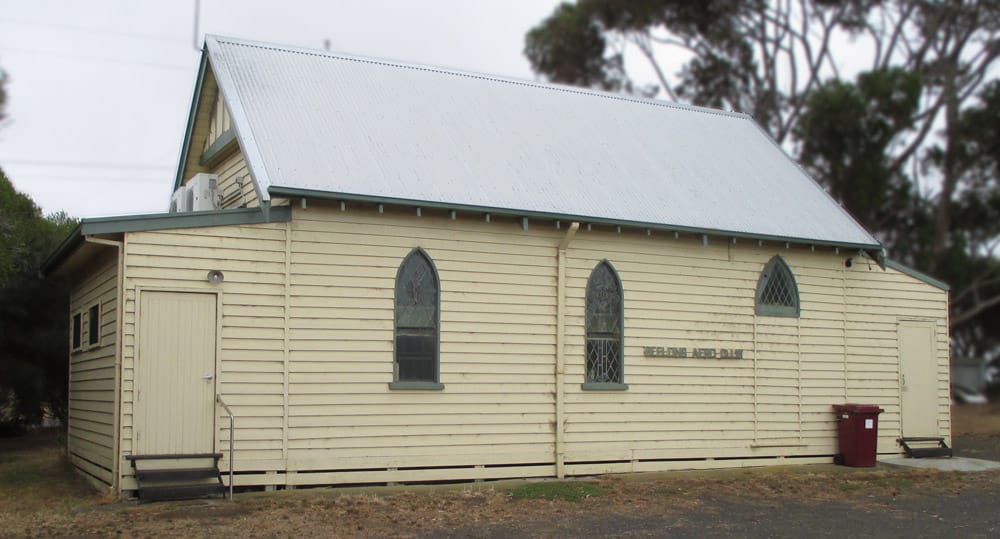 The old Connewarre Presbyterian Church, at 1411 Barwon Heads Road, Connewarre is now used by the Geelong Aero Club. It has skillion roofed extentions at the front and back and a doorway near the rear of the body of the church which has been closed off. Originally the door probably looked like the one at St Cuthbert's Church of England at Marshall which was built 5 years earlier and in a similar style. 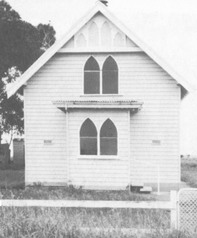 The Church before the entry at the front was altered The Church before the entry at the front was altered Connewarre Presbyterian Church was erected in 1916 on a block given by Mr D Polley on the corner of Staceys (then Lake) and Barwon Heads Roads, as it was decided that the old building was beyond repair. The architects, Laird & Buchan called for tenders in May and the successful applicant was Mr H Rose. The church was weatherboard on the outside with Californian redwood and beaverwood on the interior built in the Federation Carpenter Gothic style. It had a gable roof with skillion-roofed extentions each end and leadlight windows in the gothic style. The pulpit for the church had come from St Andrew's in Geelong. It would seat 100 people. The church was crowded for two services held on 8 October to commemorate the opening of the church. At the morning service Mr RC Blyth, chairman of the Board of Management, gave a short address, then handed a silver key to Mr R Fuller sen., the oldest church member, who opened the church. The celebrations continued the following Tuesday with a tea meeting and concert. There was a large attendance and the sum of £22 was obtained. The total expenses of building the church amounted to £350 of which over £200 had been paid off. In 1977 the church became the Connewarre Uniting Church, and about a year later it closed and was sold to the Geelong Aero Club.
150 years ago — a few items from newspapers and cemetery records:
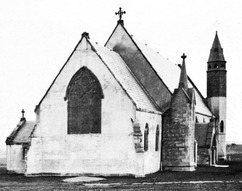 The church before rebuilding The church before rebuilding In 1952 working bees were held to clear away the stone from the original church that had been erected in 1860. As the old church was unsafe after the recent storm damage it was decided to rebuild the new church on the foundations of the old church. Built of Mount Gambier limestone, the cost was £5000. The old steeple was incorporated into the new design. It was hoped to find records of the laying of the foundation-stone (31 October 1858) in a bottle inserted into one of the stones, but this did not happen. The new church was not as large as the old one which had beautifully carved doors and windows. When it was erected in the early 1860s there was also a presbytery and school. It had been built to serve a much larger population. The Mount Moriac country was once thickly populated. Evidence of this could be seen from the number of deserted and decaying houses fifty years ago. The blocks were relatively small and as families grew the settlers found they could not make ends meet. These farmers often shifted to remote areas where blocks were larger such as in the Wimmera. A large proportion of the earliest settlers in Mount Moriac were Catholic and as this was the only Catholic church between Geelong and Colac parishoners flocked to it. It was reported that the stone used in the construction of the first church was faulty, and on many occasions the church had to be repaired. In 1869 the walls, erected at a cost of £4,500, were cracking and needed a large amount of money to make them secure. This damage was caused by the loose manner in which the foundation was put in. Alterations were again carried out in 1887. Damage to the church in that year included broken slates, and the destruction of the large stained glass western window which was shattered by a furious hailstorm. In 1929 leadlight windows were broken by someone throwing stones. In February 2017 more than 200 people watched at the auction when the property was sold for $605,000 to a local buyer.
TRIBUTE TO LATE JOHN PURDIE
from the Geelong Advertiser Thursday 20 May 1926 As announced in the death notices appearing in yesterday’s issue of the Advertiser, another well-known and highly esteemed citizen in the person of Mr John Purdie, has entered into his last rest. Mr John Purdie died at 5 o’clock on Tuesday evening. He was a native of Peebleshire, Scotland, and came to Victoria accompanied by his parents in the year 1852, and they settled in this city. In early youth he began his business career as clerk in the drapery business conducted by the late JM Anderson, in this town, a few years later entering into the book and stationery establishment known to old residents as Wise’s Book Store. At the death of Mr Wise, Mr Purdie took over the stock, and for many years conducted a successful business, inspiring by his steadfast commercial principles the confidence of one and all. This business as old residents of Geelong and district well remember, was familiarly known by town and country folk alike as “Purdie’s Corner”. Subsequently, the business was moved to the property in central Moorabool Street, where the name still appears although now under new management. Mr Purdie was from early life connected to the Ryrie Street Presbyterian Church, and remained a faithful member all through the ministry of the late Rev Arthur Davidson until the time when the services were removed to Newtown. He enrolled then as a member of the High Church, where he continued as an earnest dependable committee man, also an elder until a few months prior to his death. Mr Purdie was also a member of the Geelong Hospital Committee, and in his connection of service, both with church and hospital committee as well as on other charitable institutions with which he was associated. Mr Purdie by his natural graciousness and courtesy, combined with his exceeding humility, was most highly esteemed by all who came in contact with him. Many old residents of Geelong and district will realise that by his death they have lost for a while a true and faithful friend. The funeral takes place this afternoon, leaving his late residence McKillop Street, at 2.30 pm for the Eastern Cemetery. Photos contributed by Julie Campbell
|
SponsorsLinksThe Bluestone Cottage at Marshall
Together They Served Torquay Museum Without Walls Barwon Blog Geelong and District Database Geelong Cemetery Index Australian War Memorial Trove Public Records Surf Coast Early Schools Victorian Places Barwon Heads History |
|
|
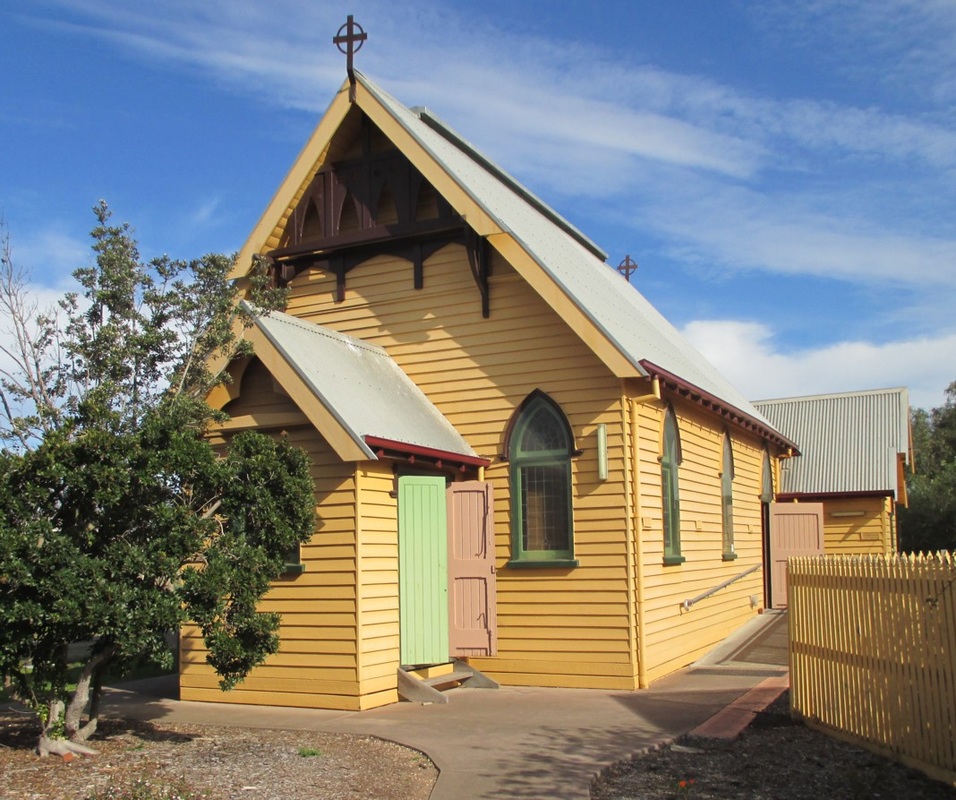
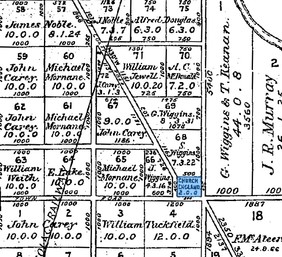
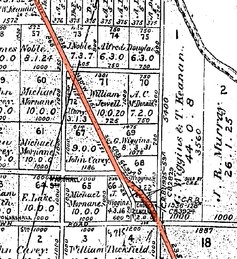
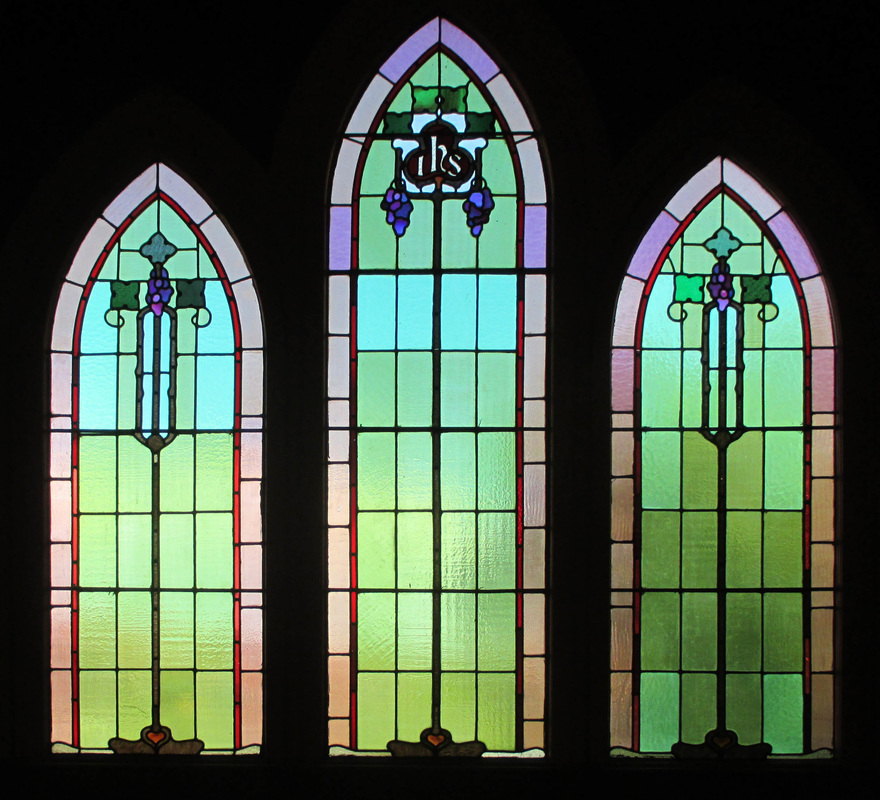
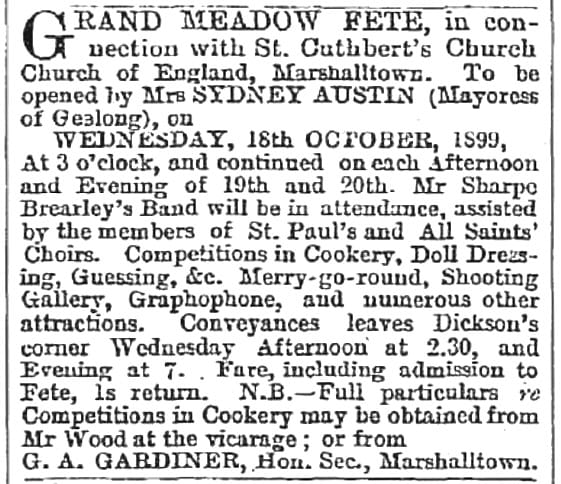
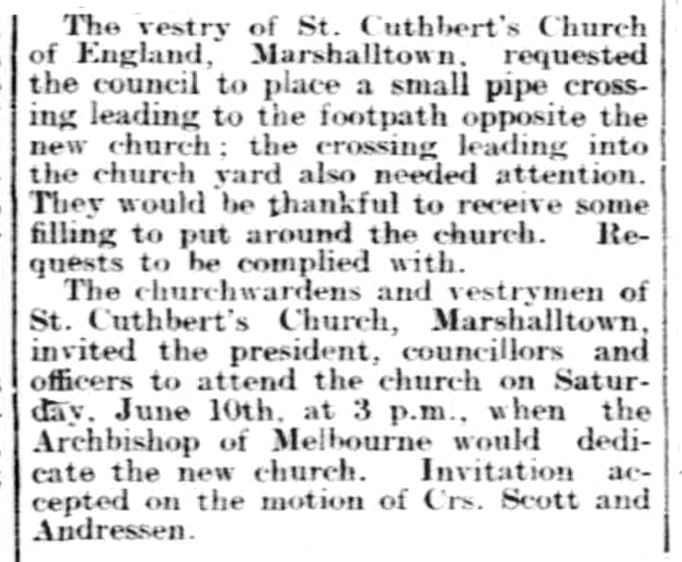
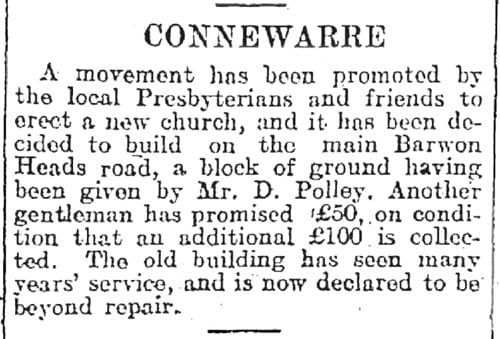
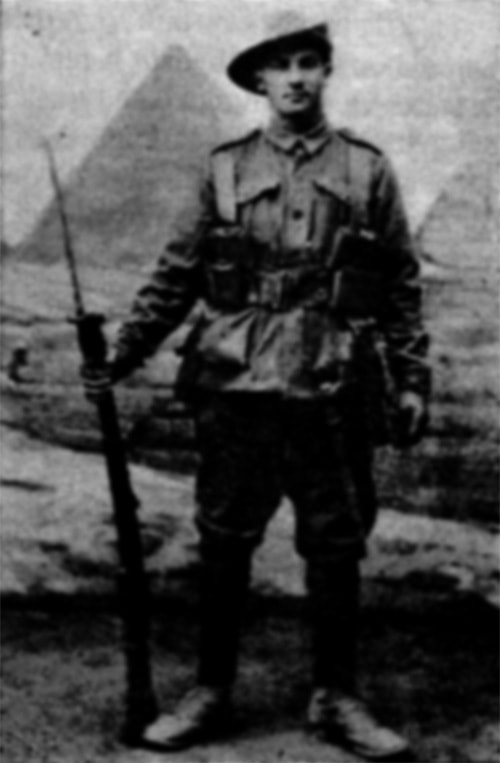
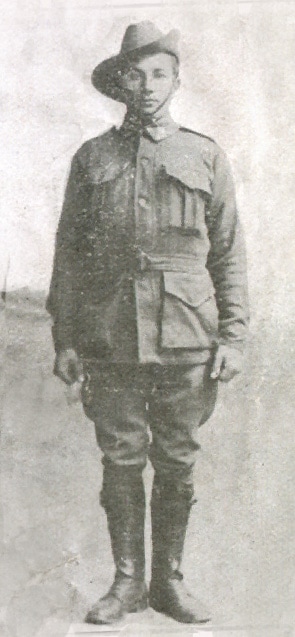
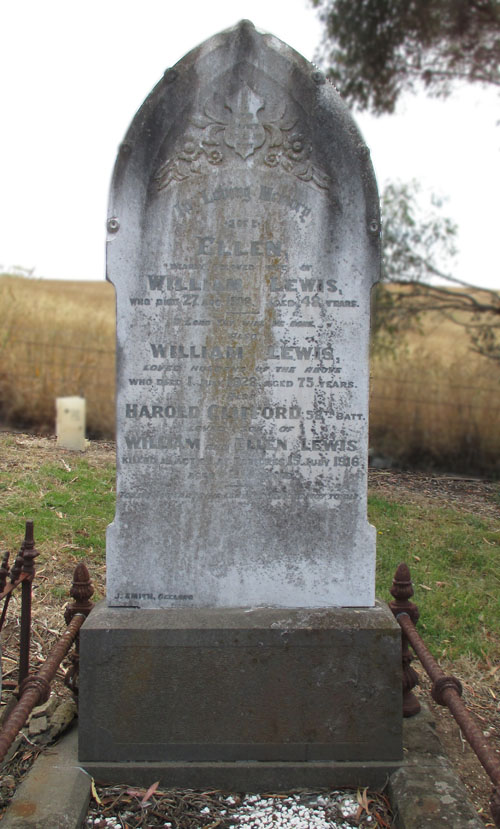
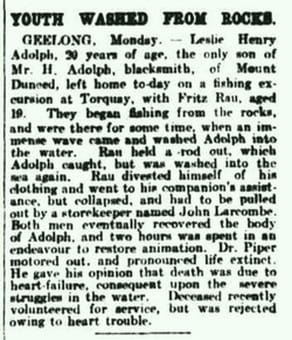
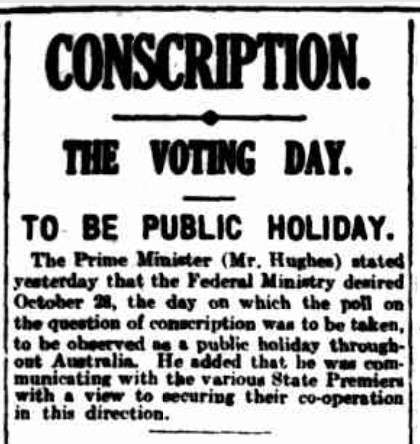
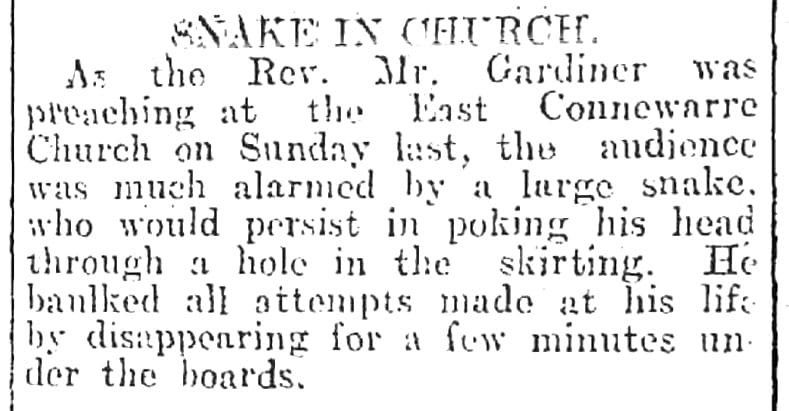

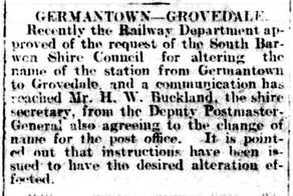
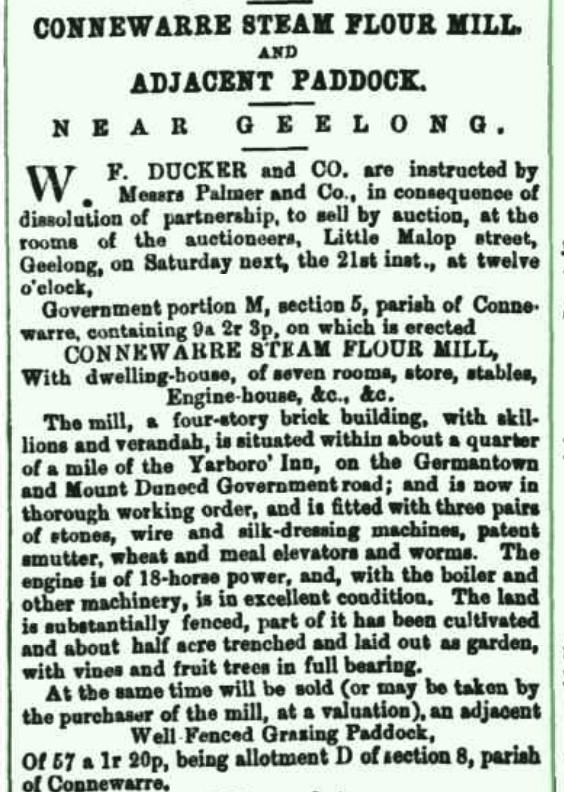
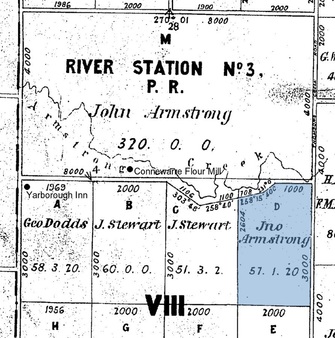
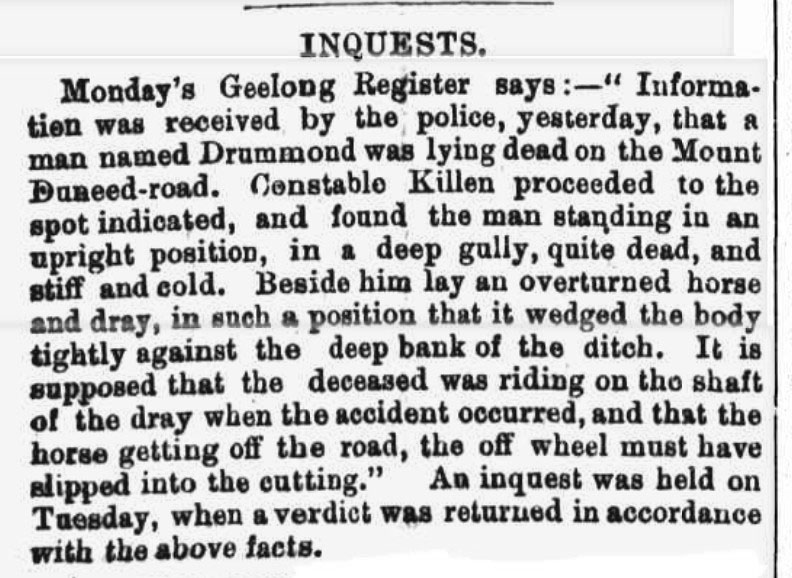
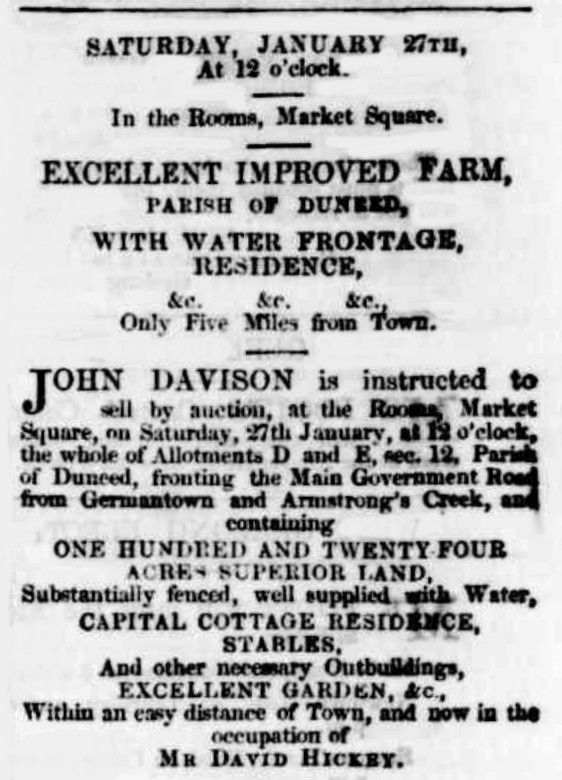
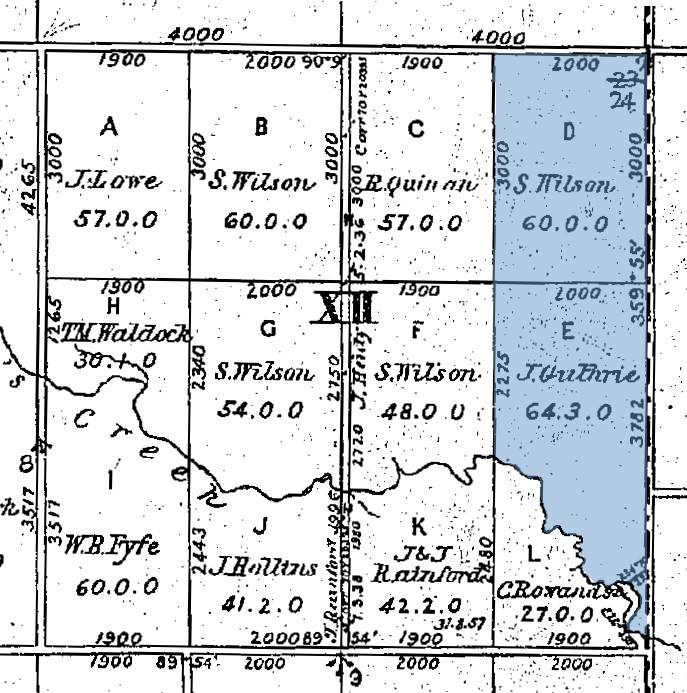
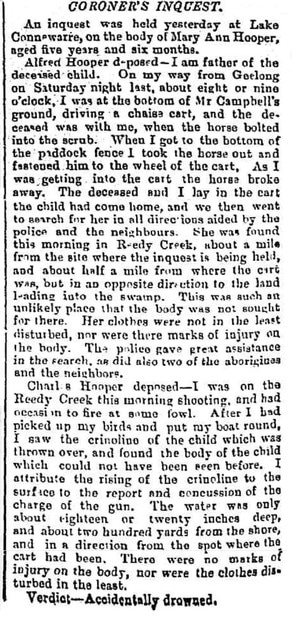

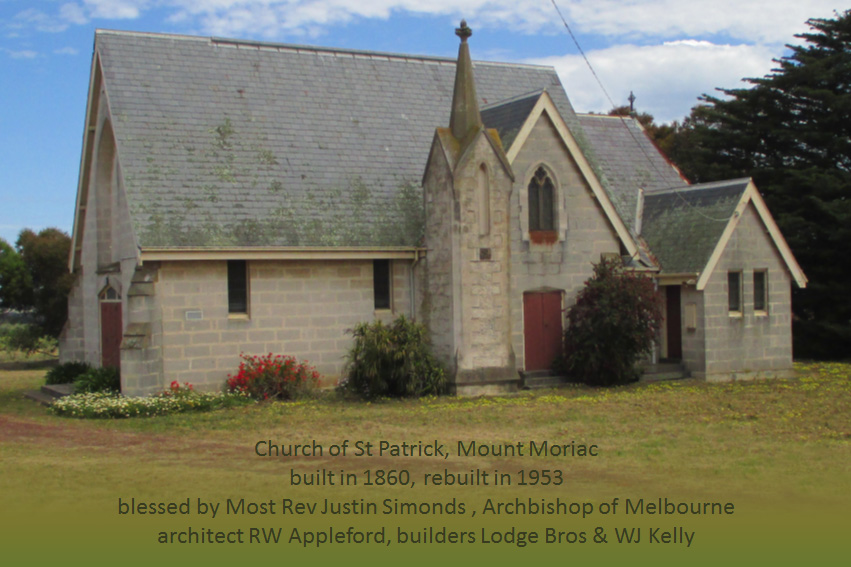
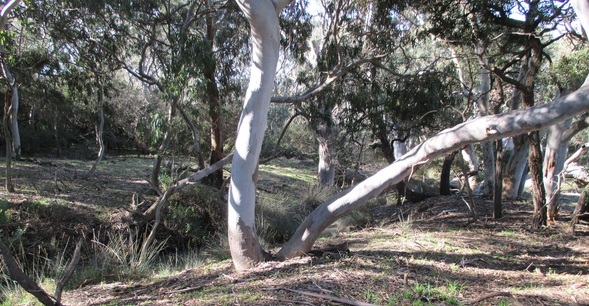
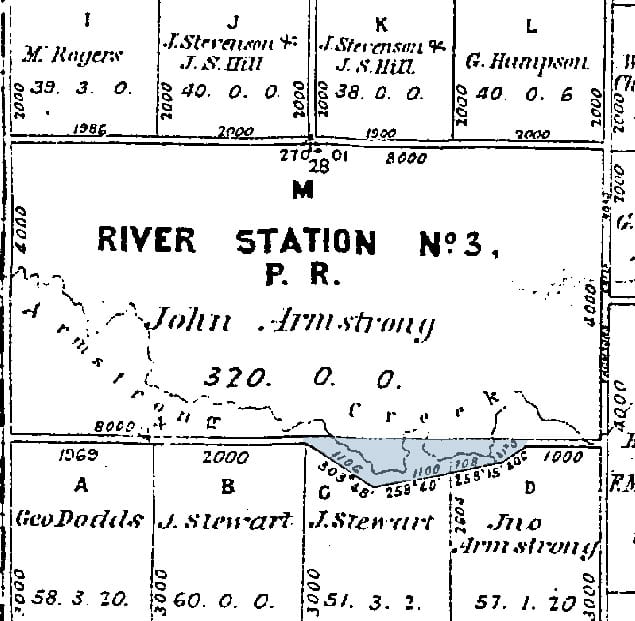
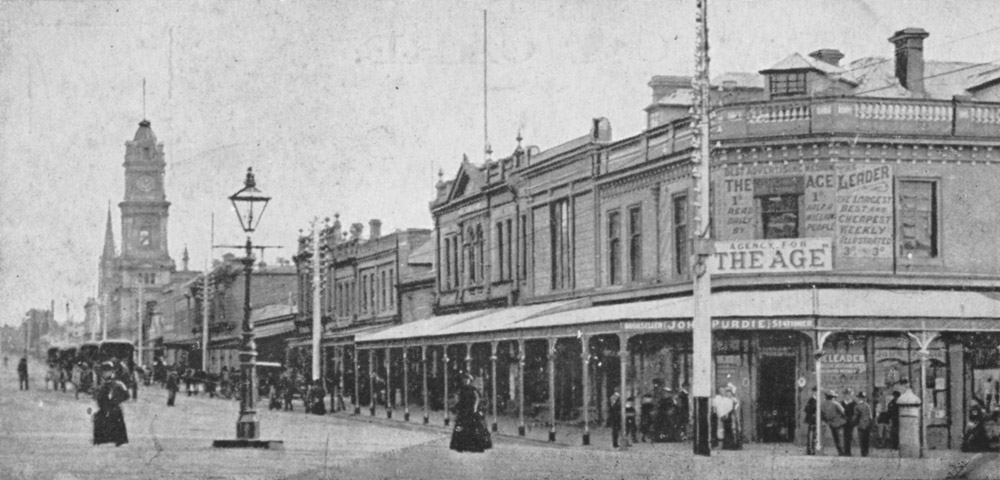
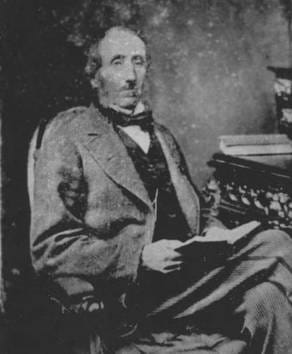
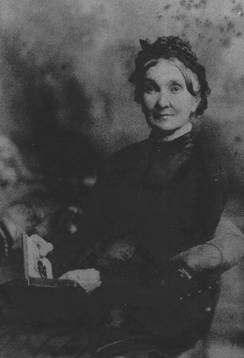
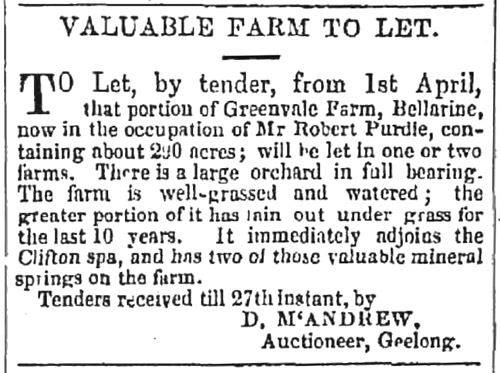
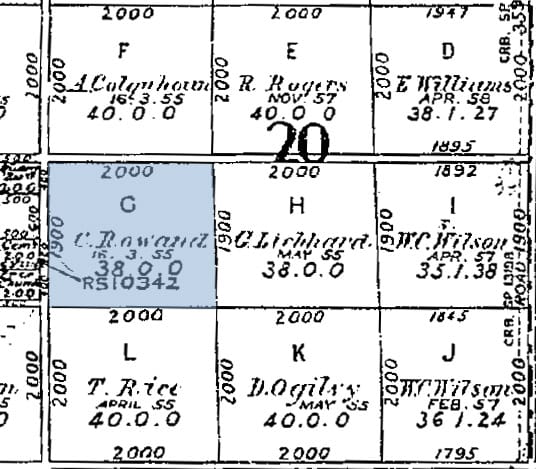
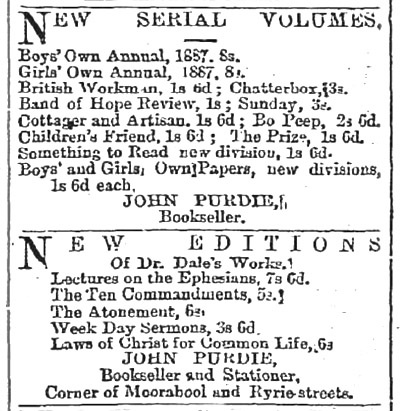

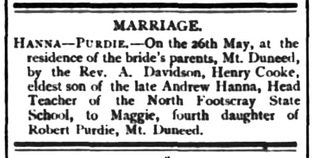
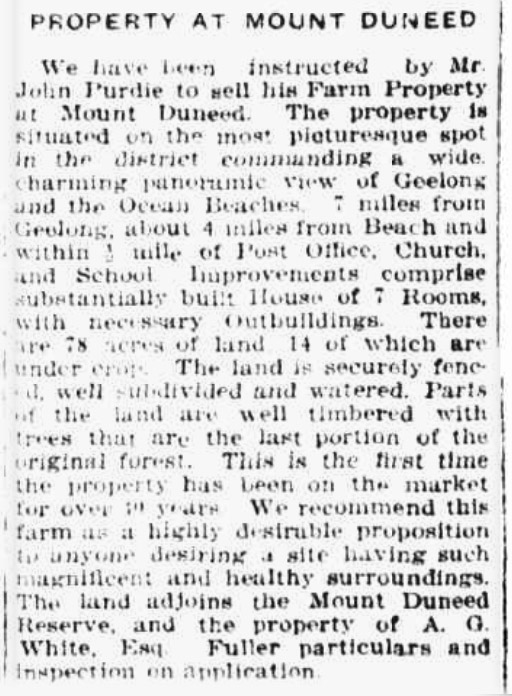
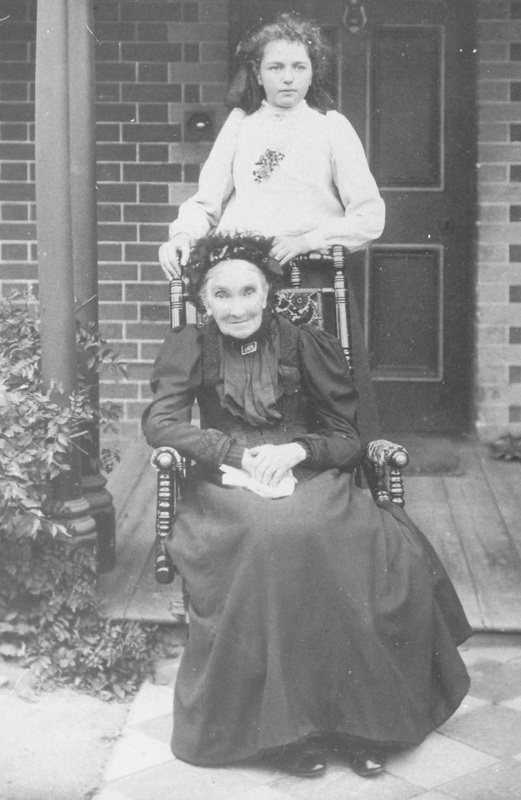
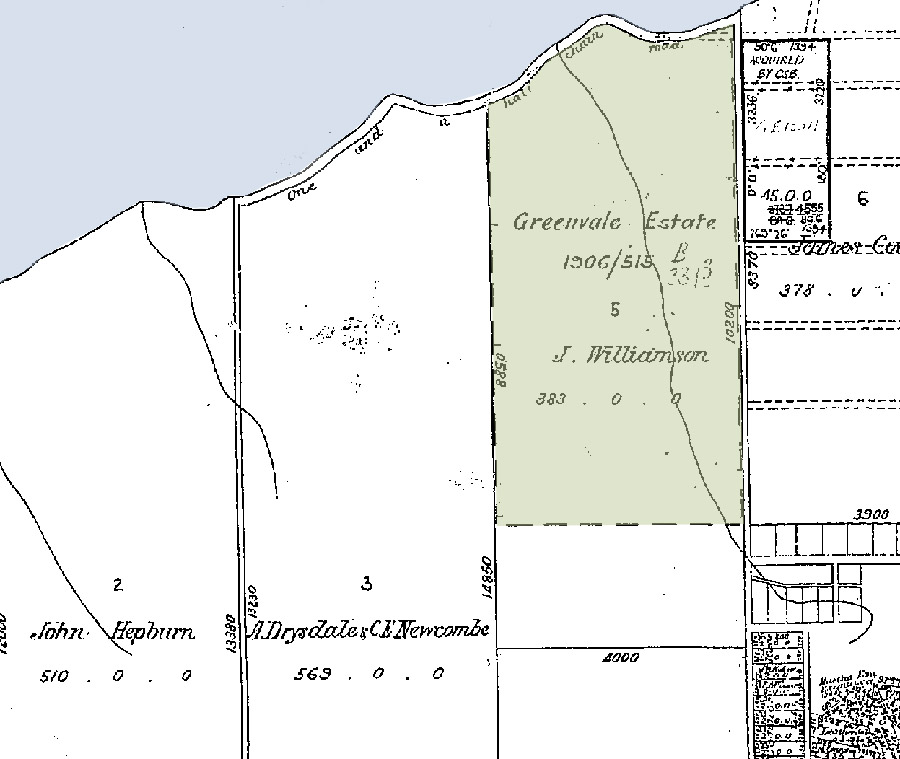
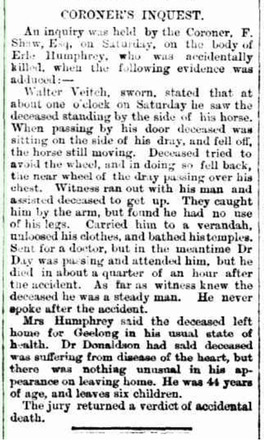
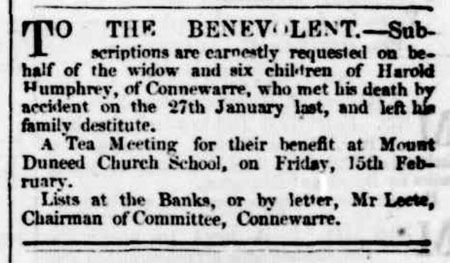
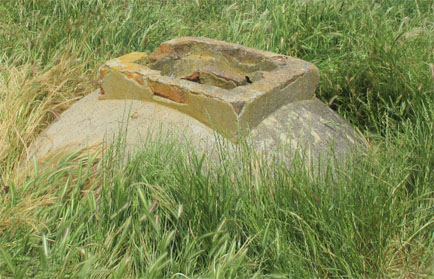


 RSS Feed
RSS Feed
